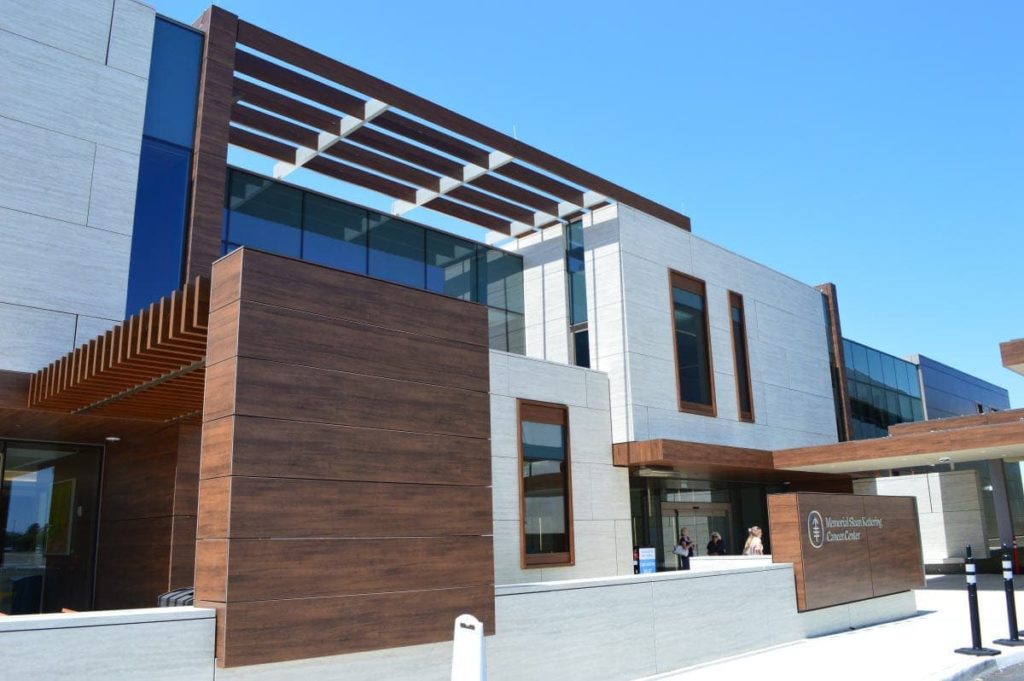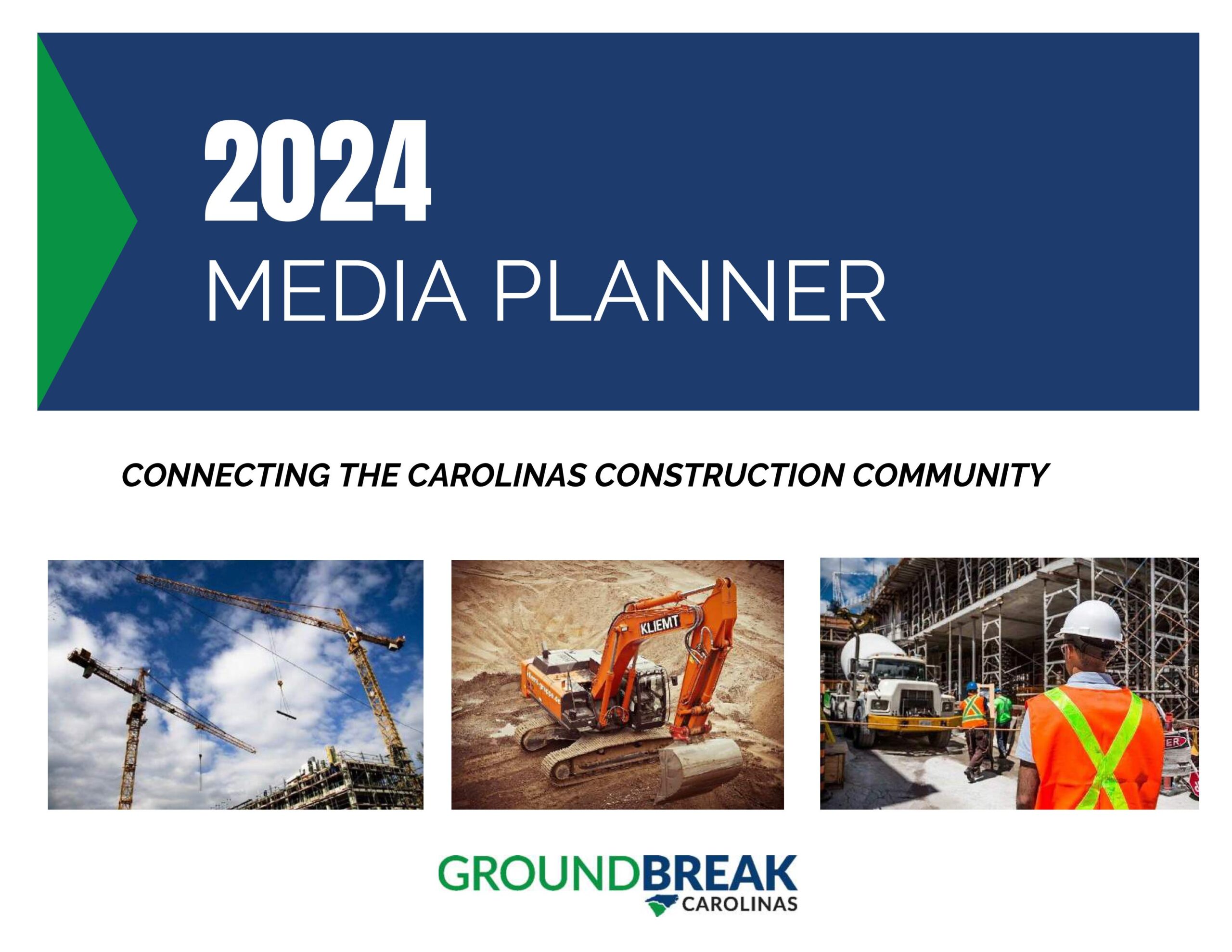
Five Considerations for Choosing Exterior Wall Cladding
Selecting the right material for exterior wall cladding is important on every project. To ensure the quality and longevity of your work, you’ll want to consider the protection offered and durability from the product you select.
For budget and sustainability, you’ll want to weigh ease of installation and insulation. Finally, aesthetics matter too. This article examines these five considerations in greater detail.
Consideration #1: What protection is offered?
You want to keep your building in top condition, looking fresh and presentable. Buildings in high traffic areas are impacted by the wear and tear of daily use. Not to mention the risk of graffiti marring the building exterior.
Select architectural panels that provide impact-, scratch- and graffiti-resistance. The double-hardened surfaces of high pressure laminate (HPL) panels will suit, and they are easy to clean and solvent resistant.
Those constructing projects in dry environments, will also benefit from the fire resistance of phenolic panels.
Consideration #2: Will the facade last?
It is important to install wall panels that last. HPL facade panels offer longevity and can be backed by warranty.
According to the Green Building Council, “their greatest asset is their strength and durability… [It] allows them to maintain their performance and appearance over a long lifespan. They can withstand climate extremes, filter out 99% of UV rays, and are Class A or B fire rated.”
Consideration #3: What exterior wall cladding fits the budget?
Material costs are a major consideration. When selecting exterior wall cladding, look not only at the sticker price but also the value of the materials. Protection and durability should factor in as well as sustainability and ease of installation.
HPL exterior wall cladding makes it easier to keep project timelines on track as the installation process is simple. Paneling with a variety of fastening systems can contribute to design flexibility, making retrofitting the panels over existing facades possible too.
Consideration #4: How will the facade benefit sustainability goals?
More and more builders are weighing the impact of their building design and its materials on the planet. UV-resistance helps with durability and materials color fastness. Exterior wall panels that can withstand harsh weather and wind loads add other benefits too.
Phenolic panels can help a building satisfy green building requirements as the panels do not off-gas and are both Forest Stewardship Council® and GREENGUARD certified. The panels are long-lasting and low waste when replaced. Plus, while in use, they support building insulation and airflow to reduce utility usage.
Consideration #5: What will the exterior of my building look like?
Aesthetics are always a priority. Building owners want architectural panels that meet the above criteria and still look good. A building facade material that offers maximum design freedom in a broad range of finishes can help create a unique statement or a building that blends in as required.
Making your exterior wall cladding selection
There are many considerations in selecting the right materials to leverage in building design. This discussion has addressed five important criteria and emphasized the ways in which HPL exterior wall cladding can meet every project need.
Author Bio:
Chad Bryant is the Managing Director at Fundermax North America, Inc. Since 1890, Fundermax has been a leading provider of sustainable HPL phenolic panels for exterior, interior, and laboratory surfaces that are customizable, durable, and easy to install. Learn more on our website at fundermax.us.





